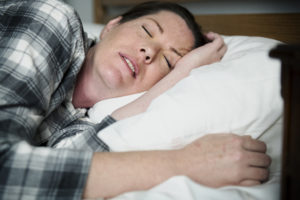When the body is used to having opioids in its system, it becomes dependent. Suddenly cutting off the opioids will cause a strong reaction and cause those affected to jump back in. However, the short and long-term symptoms will persist. Getting rid of these opiate-induced symptoms requires a number of procedures to help.
Slowly tapering off the opiates will help much more than quitting cold turkey. This will also reduce the intensity of the withdrawal. There are a number of foods that can also be consumed to help mediate the symptoms as well.
However, the problem is based on the compulsive nature of the addiction. Most people may find self-regulated tapering to be nearly impossible. This self-medicated procedure will often lead to full relapse. It is best to find support from loved ones that can also help with the recovery period.
5 Methods to Relieve Withdrawal Symptoms
Over The Counter Help
Using the correct dosage of certain medications can help. There are numerous medications that can help with diarrhea, nausea, headaches, pains and sleeping troubles.
Below are the medications that can be bought from pharmacy stores to help with the common opiate-induced symptoms.
Loperamide (Imodium)
This medication is used to treat sudden diarrhea. How it works is by slowing down the bowel movements and removing water from the stool.
Meclizine (Antivert) & Dimenhydrinate (Dramamine)
These antihistamines are used to prevent and treat nausea, vomiting and dizziness.
Antihistamines (Benadryl)
Those suffering from constant itchiness and other forms of nausea can use this drug to fight those
symptoms.
Professional Help
If the opioid-induced symptoms persist, then it may be time to call a doctor. Opiate addiction doctors can help manage the symptoms with personalized recommendations and prescription to help. They can also do in-depth tests like blood work to scan the body for any other damages.
Certain medications like Methadone and Buprenorphine may be offered to treat the opiate withdrawals. Short term methadone use for opiate withdrawal is usually introduced to help with getting rid of the dependency. Buprenorphine, which acts similarly, is also used for opiate withdrawals. Both can be administered within the clinic or given to be taken at home.
Other options that are offered are counseling for individual or group therapy. Not only will a doctor help treat the addiction, but support from others goes a long way.
The duration of opiate withdrawals only lasts as long as the abuse happens. Obtaining a medical professional can help get rid of the opiate-induced symptoms much easier.
If you or a loved one are struggling to find a remedy for opiate-induced symptoms, it might be time to seek a medical professional. Reach out to us at Scottsdale Internal Medicine or McKellips Internal Medicine today and let our medical staff help personalize a solution for you.



